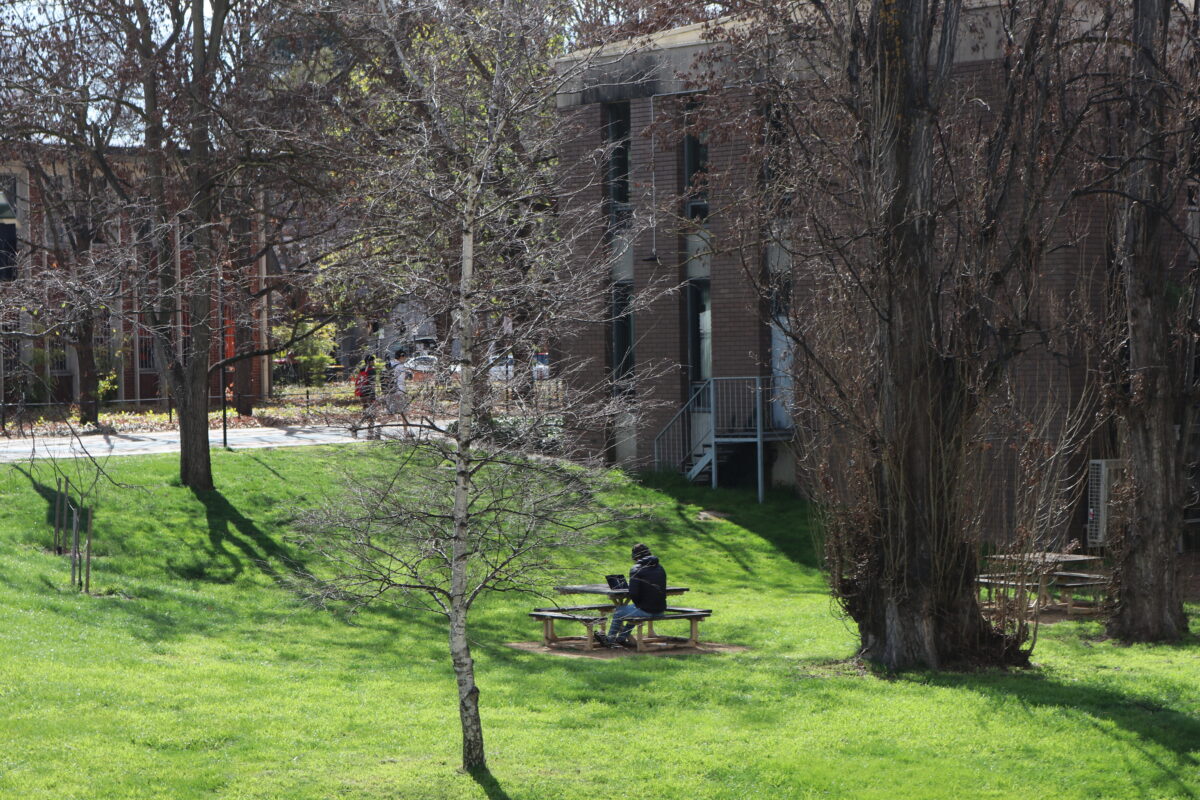Following the release of the latest Consumer Price Index (CPI), HECS-HELP debt is expected to be indexed at approximately 4.8 percent this year. This will automatically be applied to HECS debt on June 1st. This increase, followed by last year’s record high 7.1 percent, has given rise to increasing pressure from the Greens and Independent politicians to change the HECS debt system.
The Higher Education Contribution Scheme (HECS) is a system which subsidises course fees for Australian citizens and residents studying under a Commonwealth-supported place (CSP), while the Higher Education Loan Program (HELP) is the program that provides loans to students across universities, TAFEs and other tertiary education institutions. All HELP loans, including SA-HELP which is a loan scheme for student services and amenities fees (SSAF), are subject to indexation.
HECS debt is indexed annually according to the Consumer Price Index (CPI) which measures household inflation. In other words, HECS debt indexation is impacted by the rate of inflation.
The 4.8 percent indexation rate will raise the average loan by over $1,200 AUD.
In their petition “End the Student Debt Crisis”, the Greens have argued that “education shouldn’t be a debt sentence.” They emphasise that the current indexation model detrimentally causes students to be “crushed under the weight of ever-ballooning debt” and “locked out of the housing market.”
The Greens have called for an end to the indexation model and the removal of all student debt and the institution of free tertiary education ahead of the upcoming budget delivery in May. Calls for the removal of indexation have also been made by Independent Member Monique Ryan, whose petition has amassed over 270,000 petitions as of late April.
Similar demands were echoed by the Greens in April of last year. In a call for change backed by the National Union of Students (NUS), the Greens argued the urgent need for the abolition of the HECS indexing system.
In a statement released yesterday, the NUS wrote, “This indexation increase will have a disproportionate impact on students from disadvantaged backgrounds, such as women and gender diverse students, queer students and D/disabled students, who, on average, take longer to pay off their loans as they often work in casualised or lower paying industries and are thus having them compound over longer periods.”
Another proposed change endorsed by MPs such as Zoe Daniel and the University Accords, includes examining both the CPI and the Wage Price Index (WPI) each year, and indexing student debts to the lowest of the two. However, ANU Professor Andrew Norton has suggested that this approach is limited in its effectiveness, with the WPI only “lower than CPI indexation… four times” in the last 25 years.
Norton instead advocates for a 4 percent cap on indexation which he believes, while not a “complete political fix”, is “stronger” than alternative changes. Norton explains that this would only impose either a low or no cost to the Government and would prevent worry about “outlier years in the CPI.”
Education Minister Jason Clare expressed that he will respond to the University Accords in the next few weeks, which called for an overhaul to the HELP-HECS system. Prime Minister Albanese has also recently acknowledged that HECS is one area that the Federal Government needs to improve to support the younger generation.
To grasp how this year’s rate of indexation may impact your HECS debt, visit the ABC’s student debt calculator here. This estimates student debt increases according to your current rate of HECS debt.
We acknowledge the Ngunnawal and Ngambri people, who are the Traditional Custodians of the land on which Woroni, Woroni Radio and Woroni TV are created, edited, published, printed and distributed. We pay our respects to Elders past and present. We acknowledge that the name Woroni was taken from the Wadi Wadi Nation without permission, and we are striving to do better for future reconciliation.
